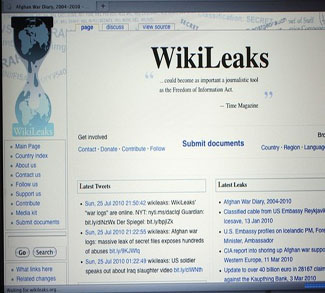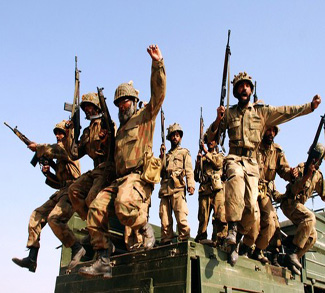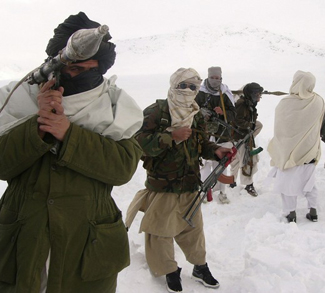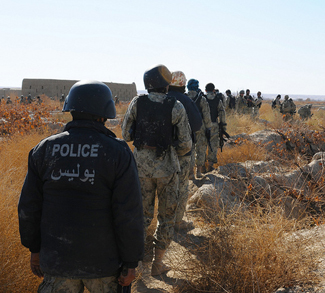FORECAST
This weekend’s massive leak of classified information on the war in Afghanistan will probably come to be seen as the leak that broke the war’s back.
Within the 90,000 some-odd military records that have recently been made public by Wikileaks lies several nuggets of intelligence that can only be described as damning to future public support for the NATO war effort in Afghanistan. They include hundreds of accounts NATO forces killing Afghan civilians, under circumstances ranging from gross incompetence to stunning apathy. While such incidents, though disturbing, should come as no real surprise, they will no doubt serve to turn an already-weary public even more squarely against carrying on the war in Afghanistan.
Amongst the most damaging information in the reports is evidence of overt Inter-Services Intelligence (ISI) support for the Taliban. According to the reports, the ISI has been actively engaged in arming, training, and financing the Taliban since 2004. Since much of the intelligence is ground-level, and the informants are paid for the information they provide, it follows that many of the allegations are more fantasy than smoking gun. However, the leaked documents also reveal that the Taliban has access to ground-to-air heat-seeking missiles; a technology that is sophisticated enough to give credence to reports of Iranian and Pakistani support for the Taliban insurgency.
Thus it can be expected that the lasting legacy of the leak will be to shed a brighter light on ISI support for the Taliban insurgency. The leak actually benefits the Afghan government in this way because the heat will now be on Pakistan to scale back any clandestine involvement in Afghanistan. Pakistan must once again prove to Afghan stakeholders that it’s acting in good faith. It has a lot to lose in the form of US financial aid if the American public decisively turns against Islamabad, though it should be noted that ISI support for the Taliban may be more the result of individual sympathizers within the service than orders coming from top civilian leadership.
In yet another sign of no early exit for NATO forces, the leaked documents also paint a picture of an Afghan army and police force that are both a long way from being able to single-handedly shoulder the burden of Afghan security. Lost amongst the secret reports are examples of Afghan army troops shooting civilians, infighting, partying, or simply deserting en masse. The picture painted by this classified intelligence is a far cry from that which would be required for President Karzai to attain his stated goal of security self-sufficiency by 2014.
At the risk of sounding like a broken record, the NATO campaign in Afghanistan is hanging by a thread. Spiraling violence, Afghan corruption, and plummeting public support are all combining to imperil the long-term stability of Afghanistan and its neighbors. Given the lack of any results on the ground and spiking war weariness in NATO countries, it’s likely that the campaign will end in failure by 2014 or even earlier. Of course, NATO leaders will endeavor to portray the withdrawal as a success, no matter the situation on the ground. To save face, they will likely shift towards a ‘counter-insurgency campaign’ of the same kind Vice President Biden was advocating in the lead-up to the McChrystal report. And while a strategy that focuses on drone strikes and special ops would occasionally net a high-profile Al Qaeda leader, such a switch would signal the end to any hopes of an Afghan state that is stable and positively disposed towards the West.




